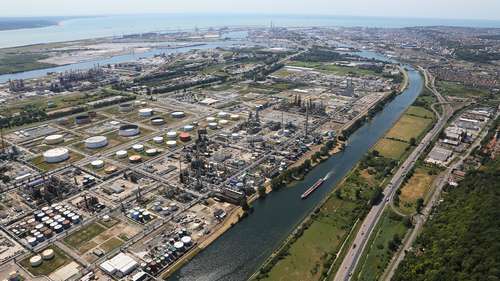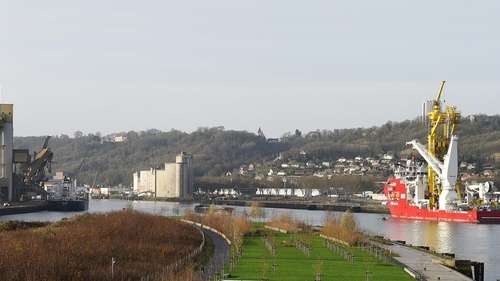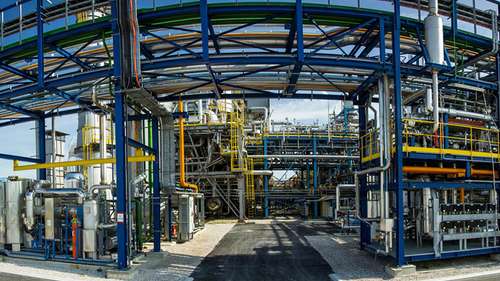France show tablemap
Find an integrated chemical cluster in France.
-
 ECSPP members on park
ECSPP members on park
-
 No ECSPP member on park
No ECSPP member on park
| Name | Area (ha) | Free (ha) | City | Country |
|---|---|---|---|---|
| Chemparc Lacq | 450.0 | 60.0 | Lacq | France |
| Fos-Lavera-Berre | 0.0 | 0.0 | Fos sur Mer | France |
| Port Jérôme | Lillebonne, Notre Dame de Gravenchon | France | ||
| Port of Le Havre | 10000.0 | 100.0 | Le Have, Port-Jérôme | France |
| Port of Rouen | Rouen | France |
Chemical industry in France
The French chemical industry provides integrated parks with pipeline grids for a whole range of chemical substances including 1,3-Butadiene, 1-Butene, Benzene, tetrapropylene-, Dodecylbenzene, Ethylene, Isobutene, Naphtha Petroleum, Natural gas, Propylene and Water.
Three out of the eight clusters are located near a sea harbour, seven have a railway connection, seven are accessible by highway, and six can be accessed via a waterway.
The integrated chemical sites in France as presented on this website cover a total area of approximately 10500 hectare of which 180 hectare is currently available for new development.
Please use the map above to explore the chemical parks in France in more detail, or browse to our map of Europe to extend your search to chemical clusters in other European countries.
Member parks in France
News All news
INEOS launches €250m investment supported by the French Government to secure the future of French industry at Lavera
The project marks the first phase of a long-term regeneration plan to reduce emissions, boost reliability, efficiency and competitiveness, with support of the French State.
Technip Energies to acquire Ecovyst’s Advanced Materials & Catalysts business
Chemical Cluster Delfzijl →Technip Energies (PARIS:TE) announces that it has entered into a definitive agreement to acquire the Advanced Materials & Catalysts business from Ecovyst Inc. (NYSE: ECVT), a global leader in speci...
On stream: BASF starts up new world-scale plant for hexamethylenediamine in Chalampé, France
Increase of BASF’s HMD production capacity to 260,000 metric tons Expansion of polyamide business together with polyamide 6.6 production in Freiburg


